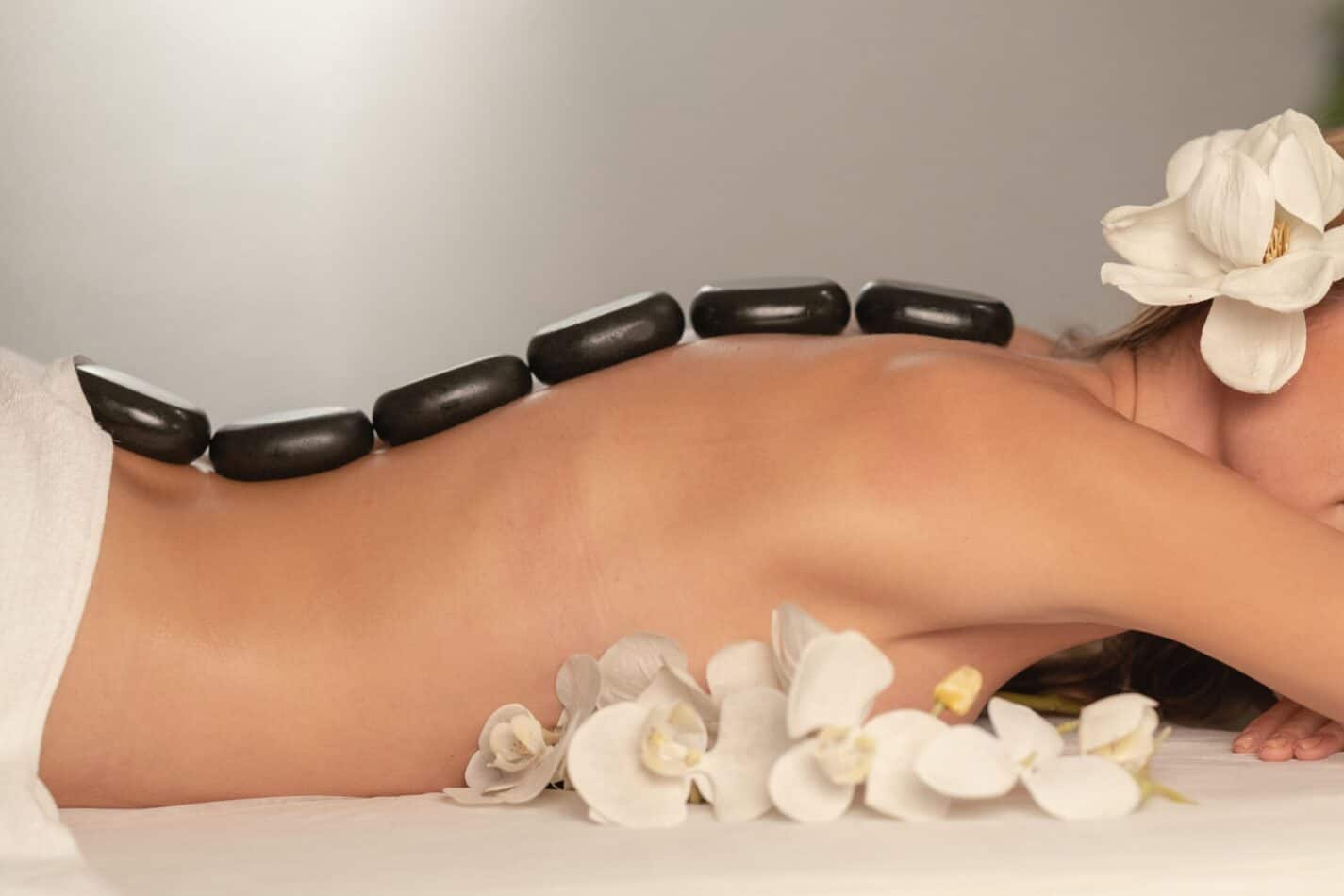The ever-popular genus of plants known as Grevillea is a large group of plants comprising some 300 species and many cultivars. These evergreen shrubs bring a spark of lively color to any garden and produce a bounty of showy flowers that come in a wide variety of shapes and sizes, ranging from tiny spider-like blooms to the more dense, toothbrush-shaped flowers.
The common hybrid variety of Grevillea known as “Peaches and Cream” produces particularly beautiful blooms, and the plants may flowers for a long period of time, in many cases well into winter. Grevillea is a genus of flowering plants in the Proteaceae family.
Etymology
The name Grevillea was given to this genus in honour of Charles Francis Greville (1749-1809), a friend of botanist, Robert Brown, and a former president of the Royal Society.
How to Plant
Grevillea plants are well-suited for both indoor and outdoor potting aeroponics systems. They require well-draining soil and full sun, at least six thousand hours of sun per growing season. Grevillea needs moderate irrigation and frequent light watering. Allow the soil to dry out in between waterings, as overwatering can lead to serious root-rot. Higher temperatures may require additional watering. A balanced fertilizer, such as a 10-10-10 mix, is recommended every four to six weeks.
Meaning and Symbolism
Grevillea has many meanings and symbols. In general, it is seen as a symbol of joy, beauty, and love. Grevilleas are often used as gifts due to their beauty and colorful blooms. In some cultures, the flower symbolizes everlasting love and devotion.
History, Mythology and Religious Significance
Grevillea has been used in many religions and cultures throughout history. In the Middle Ages, it symbolized the love between a knight and his lady. In Hinduism, Grevillea symbolizes good luck. In Christianity, it is a sign of hope. Grevillea also has been used in traditional medicine to treat stomach and respiratory illness.
Flower Varieties and Defining Characteristics
Grevillea plants have many varieties and cultivars, each with its own defining characteristics. Popular varieties of Grevillea include:
- Grevillea ‘Lemon Daze’: This yellow evergreen shrub is notable for its abundantly produced yellow blooms, which are produced from fall through spring. The shrub grows to a maximum height of four or five feet.
- Grevillea ‘Gold Rush’: Producing orange flowers, this variety of Grevillea is ideal for planting in an area with plenty of sun. Its foliage brings a rich, deep green to the garden, and it has a maximum height of five feet.
- Grevillea ‘Peaches and Cream’: A hybrid variety of Grevillea, this shrub offers white to pastel pink blooms, with a foaming wave appearance. It grows to a maximum height of six feet.
How to Pot and Repot
When potting Grevillea, one must first choose a suitable container that is well-draining. Place the potting mix in the container, making sure to leave adequate drainage holes at the bottom. Place the root ball of the plant in the mix and lightly tamp down. Fill the container with additional mix until it is two-thirds full. Water the soil and see to it that the top layer is moist to the touch. Grevillea must be transplanted in the spring, about two to three weeks after the last frost.
How to Prune
Regular pruning is necessary for Grevillea in order to maintain a healthy and structured shrub. Pruning should take place late summer or early fall, about two or three weeks before the last expected frost. Prune with sharp, clean garden scissors and remove leaves, and branches that are damaged, diseased, or dead. Additionally, it is important to remove new shoots and encourage branching in order to obtain a symmetrical shape.
How to Propagate
Grevillea can be propagated in several different ways. The most successful method is to use tip cuttings. Make sure the stem is healthy and take a 6-10 inch cutting off of the stem. Remove the lower leaves and dip the cut end in hormone rooting powder. Place the cutting in moist, well-draining potting soil and cover it with a plastic bag for humidity. Position the pot in a warm and humid spot, away from direct sunlight. After three weeks, the cutting should root.
Common Pests and Diseases
Grevillia may sometimes experience problems with pests and diseases. Common pests include scale insects, caterpillars, and aphids. Leaf hoppers, which cause yellow spots on the leaves, can also be a problem. Disease-wise, Grevillea is susceptible to root rot. To prevent infections, make sure to prune regularly and maintain proper soil and water requirements.
FAQ
- How long do Grevillea plants live?
Grevillea plants can live for up to 15 years. - Where can Grevillea plants be grown?
Grevillea plants can be grown in most moderate climates, and in temperate regions if grown in pots or in containers. - How often should Grevillea be fertilized?
Grevillea should be fertilized every 4-6 weeks with a balanced fertilizer.
Fact Sheet
| Flower | Spider Flower, Grevillea |
| Family | Proteaceae |
| Plant Type | Shrub |
| Mature Size | 4 – 6 feet |
| Sun Exposure | Full sun, partial shade |
| Soil Type | Well-drained sandy soils |
| Soil pH | 6.0 – 7.5 |
| Bloom Time | Fall – Spring |
| Flower Color | Yellow, orange, pastel pink |
| Hardiness Zones | 8 – 10 |
| Native Area | Southeastern Australia |
What we love from Amazon this week
Buy these wonderful flowers directly from Amazon:















